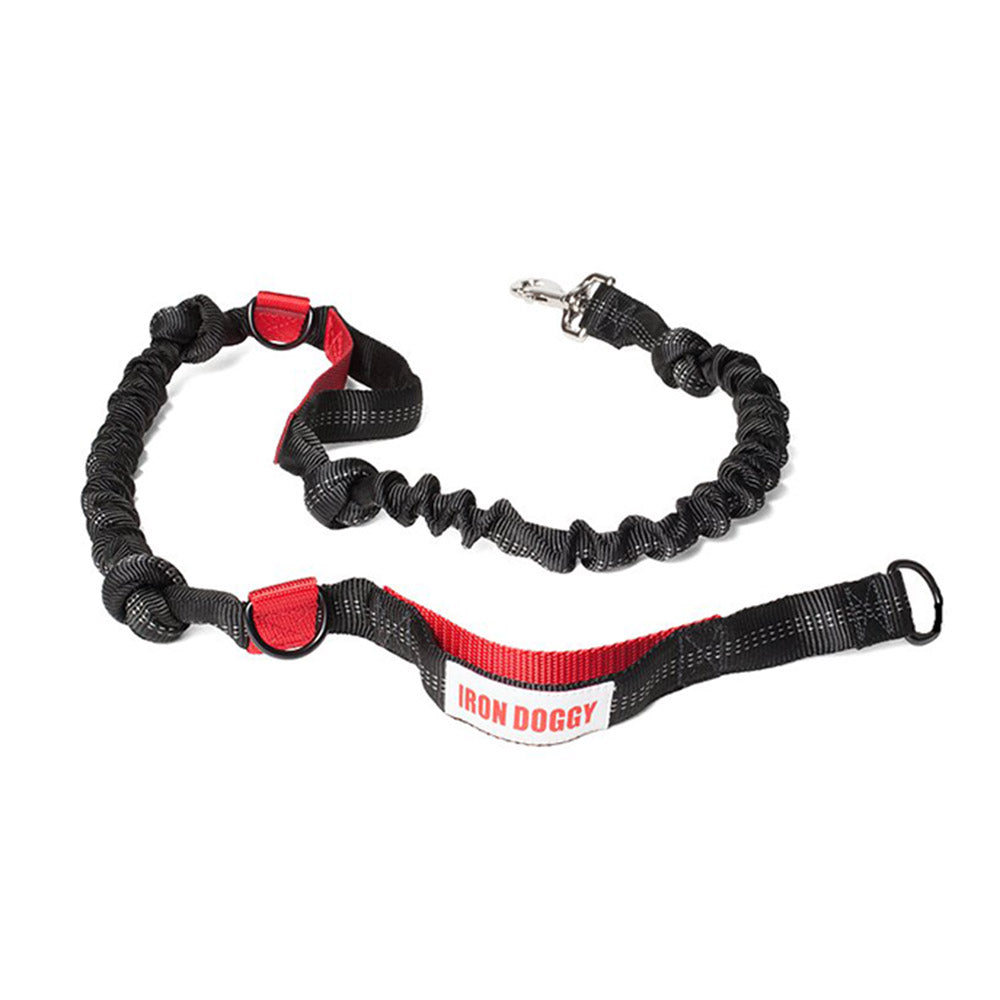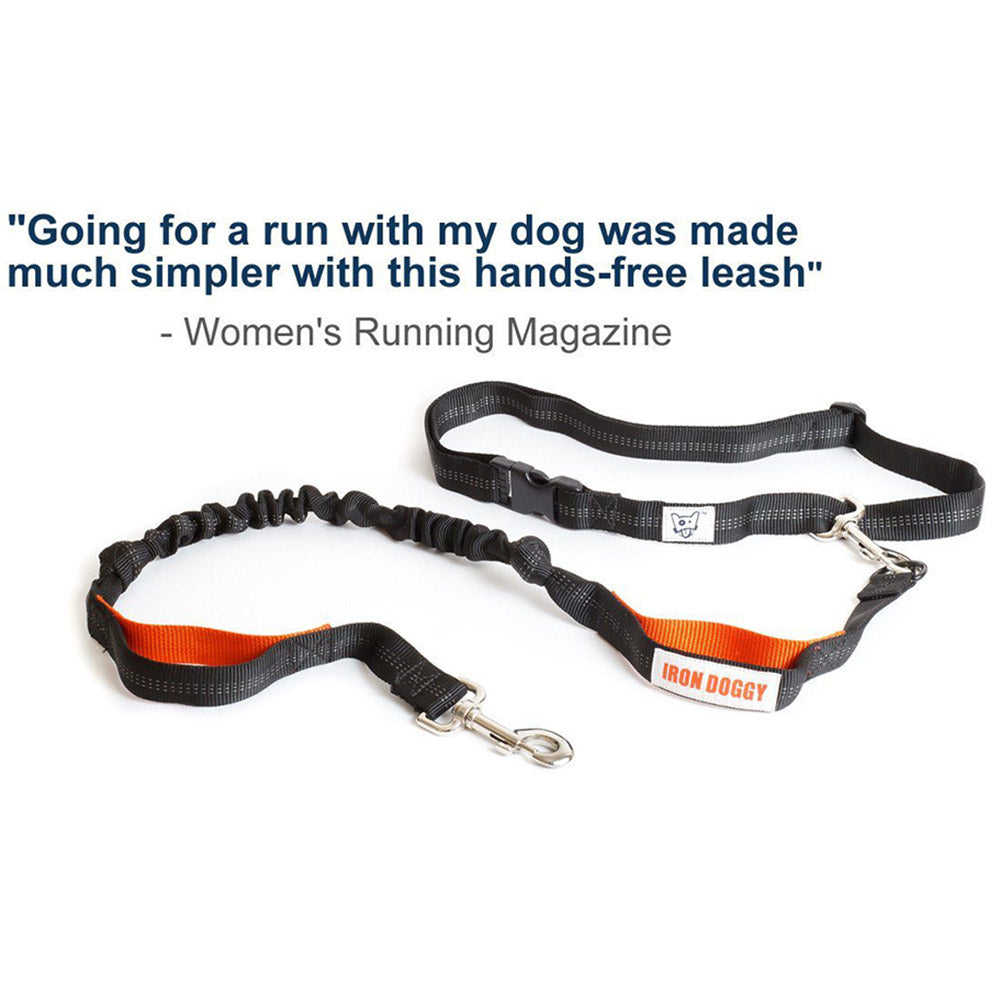You’ve seen them. The big dude getting pulled down the street by his Chihuahua. The woman who at first glance has the perfect dog heeling by her side, then a rabbit crosses their path and she’s in the bushes. We see them every day when we walk our own dogs and we know the pain they are suffering. Not only can controlling Fido be a challenge, our attempts to “be the alpha” can lead to injury for ourselves and our dogs.

The Problem with Dog Leads
My first injury was when the line from a retractable dog leash sliced the back of my legs. A freak accident? No way. A quick search of the Internet for “retractable dog leash injuries” yields over 25,000 results. It turns out that a minor cut on the leg is nothing. The stories of losing eyes and fingers are a wee bit sobering. All that safety risk and from what I can tell, controlling your dog with a retractable leash doesn’t really work. My experience is backed up by an article on dogchatforum.com that says “… these leads offer significantly less control than a regular leash, only dogs with solid leash manners and excellent voice control under high stress conditions should ever be considered for one of these retracting leads.” I can tell you that it wasn’t because of my dog’s “solid leash manners” that we tried to use a retractable leash. Thankfully, we moved on to something different before anything serious happened.
Unfortunately, there are plenty of stories of people getting injured by your average 6′ dog lead. From accounts of broken fingers to an epidemic of rotator cuff tendonitis, it’s clear that walking our dogs can be dangerous to our health. The news gets worse. Studies show that people aren’t the only ones getting injured. An article on dogtalknation.com sites a study of 400 dogs, where 63% were determined to have spinal injuries. The research traces a large percentage of those injuries to harsh jerks on the leash or to dogs that are leash strainers. News like this can lead you to the conclusion that dog leads should be avoided at all costs.
The Problem with Tools
While some equipment may be better than others (HINT: put down your retractable leash!), there’s no solution that will work all of the time. Readers of this blog will know that we are currently conducting a beta-test for a newly designed hands-free leash. The first round of the testing took place in Denver this past week when temperatures were below zero and the ground was covered with snow and ice. I was only a little surprised when a number of the beta-testers (all of whom I call my closest friends, God bless their souls) reported that they felt unsafe with a dog lead attached to their belt when walking across the ice. I’m still searching for a gentle way to tell them not to walk across the ice when attached to their dog (at the waist or with a hand-held leash). The likelihood that someone will fall and get injured is way too high.
What’s a Dog Walker to do?
The bottom line is that you can’t completely rely on your leash to control your dog. Instead, people and their dogs are better off when following these three bits of advice:
- Train your dog – Easy for me to say (I’m the one whose dog runs out in front of speeding cars); however, I’m still a believer that a little training goes a long way and that you have to keep at it. Something I didn’t know until getting my first dog is that I had to be trained before I could train my dog. Having a knowledgeable trainer train you can make all of the difference.
- Use the right equipment – If your dog pulls, don’t expect the leash to stop the pulling. Many people have excellent results with head halters. These work on dogs the same way they work on horses; if you control the dog’s head, you control the dog. Some people will swear by choke collars and shock collars. They sound too much like torture devices for my taste; besides, the head halter works extremely well for us.
- Remember Newton – Are environmental factors causing you to traverse crystalline inorganic solids? Sounds like a bad time to be attached to another moving object. Are you considering connecting a bit of elastic between two opposing forces? It’s worth thinking out, in advance, what will fly where if either end gives. Finally, everybody’s favorite, F = ma – A body of mass m subject to a net force F undergoes an acceleration a that has the same direction as the force and a magnitude that is directly proportional to the force and inversely proportional to the mass, i.e., if you connect your 40lb child to your Rhodesian Ridgeback via a leash, bad things might happen.






